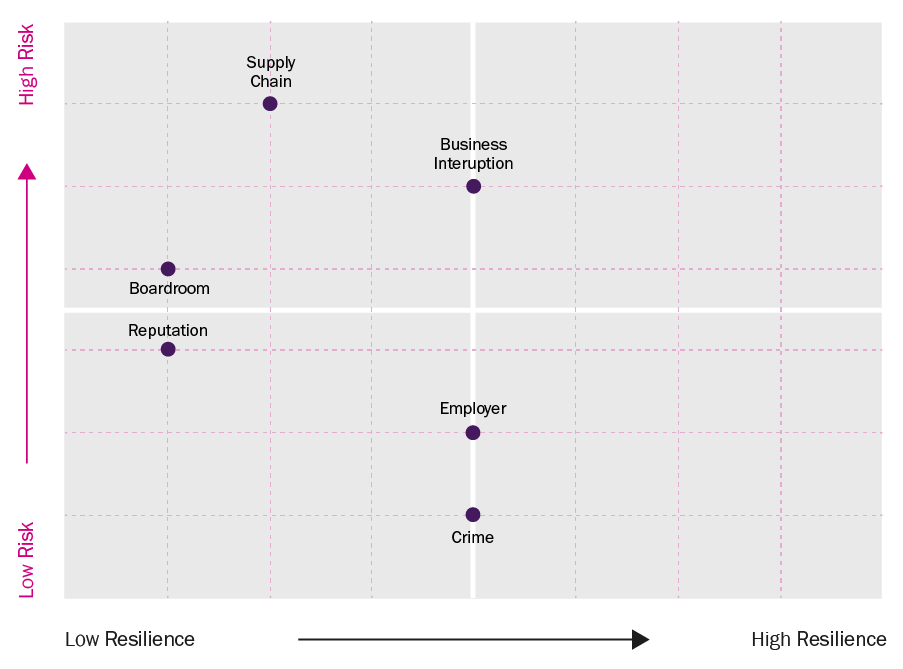As companies continue to face having high proportions of their workforce off sick or isolating as we move into 20221, insurers are starting to ask what might be the possible impact of ‘resilience fatigue’ on our customers across every sector in 2022.
Although most organisations have leveraged the pandemic to improve operations from the ground up and the vast majority (84%) of business leaders believed they would be more resilient in 2022 as a result, high levels of optimism do not mean that business risks have gone away.
We also see scope for COVID-19 issues driving Directors’ & Officers’ liability (D&O) and employment claims this year as COVID-19 positive employees or their families bring injury and manslaughter claims or raise issues around vaccine mandates – with potential for class actions from those required to vaccinate as well as from those who caught COVID-19 from unvaccinated employees.
Social inflation, already a scourge on casualty markets, could become super-charged by such concerns, as pandemic pressures encourage jury members to believe ever more extreme financial redress measures are warranted.
Against this backdrop, there can be little doubt that the complex and highly integrated risk environment will drive a sharp rise in claims severity, with settlement amounts far exceeding previous levels. And as this threat grows, clients will likely demand improved granularity around how insurance will respond - the industry will want to be clear it is not inadvertently including COVID-19 risk in policies.
As the liability landscape continues to shift and expectations of our industry rise, the value of closer and more responsive insurance partnerships that focus as much on risk management and mitigation as on traditional risk transfer, will become increasingly evident.
Bethany GreenwoodGroup Head of Cyber & Executive Risks, BeazleyWhich business risks are predicted to dominate in 2022?
Business risks dominate in the high risk – low resilience quadrant of our risk-resilience matrix – more than any other category of risk.

Resilience: Business leaders were asked to rate their resilience to these risks in terms of their ability to anticipate and respond.
